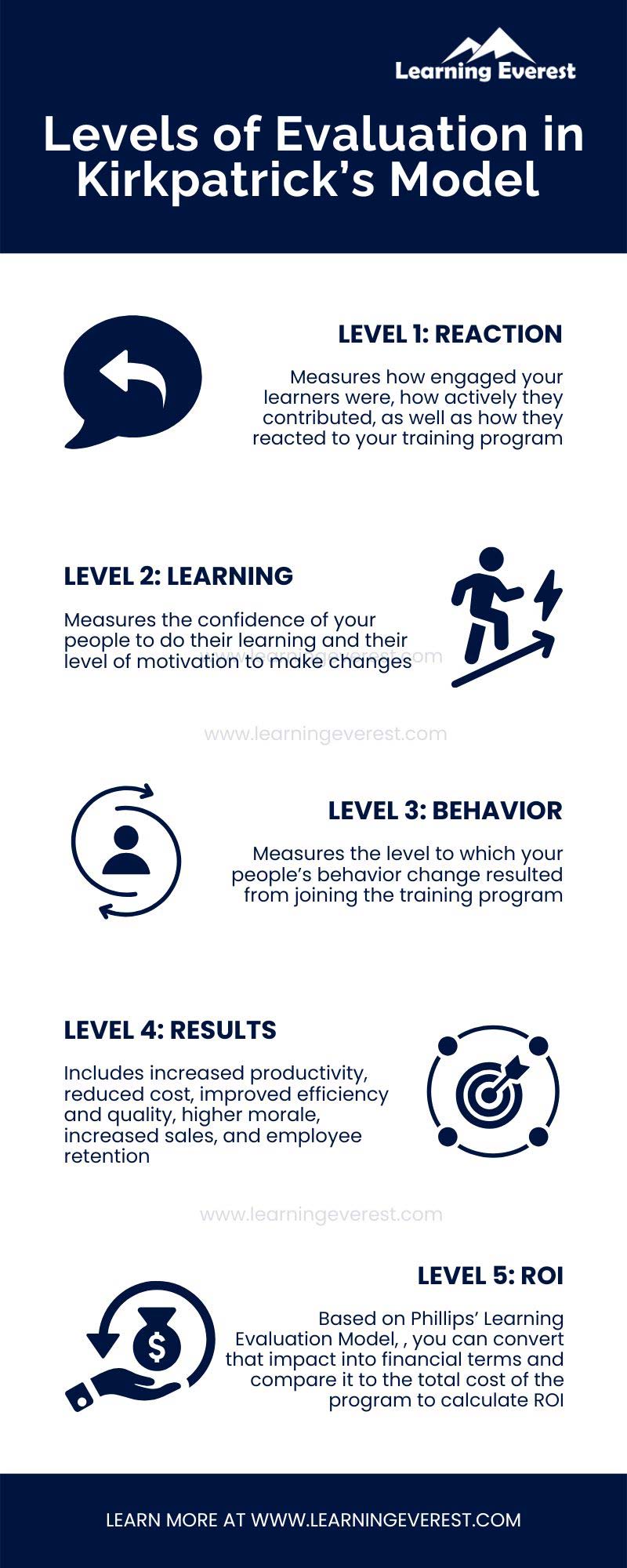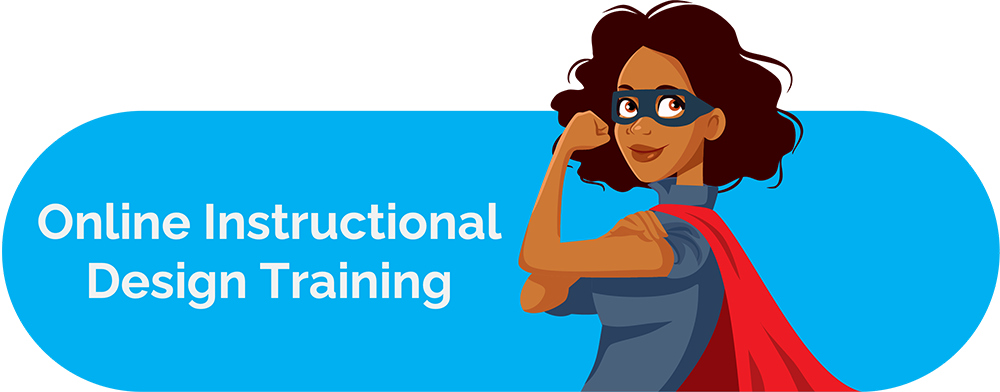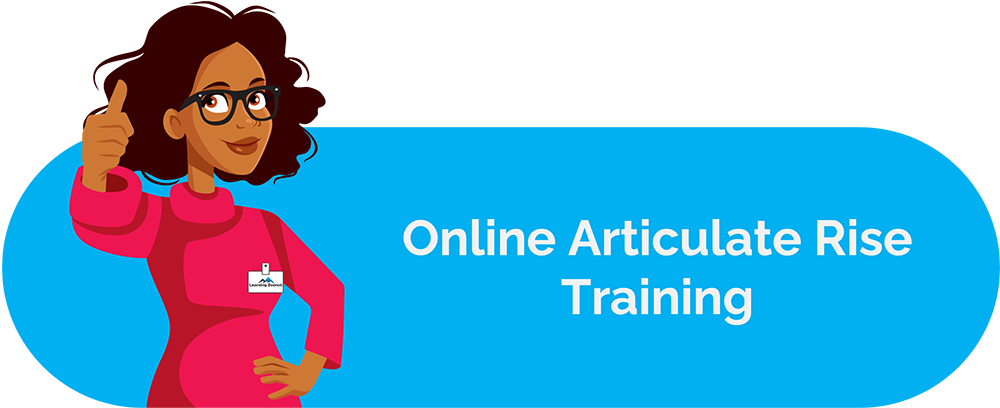No doubt, training program, and initiative's evaluation is a critical part of the company’s training design. Without it, Chief Learner Officers, Learning and Development Heads, Business Sponsorers, Instructional Designers, and other senior executives will fail to realize the true value of their programs, while understanding what needs to be eliminated, added, or improved. And thats where, measuring eLearning ROI with Kirkpatrick’s Model of Training Evaluation, comes handy.
Table of Contents
- What is the Role of the Kirkpatrick Model to ROI in Training and Development?
- What Are the Kirkpatrick Levels of Evaluation?
- Kirkpatrick Model Level 1 – Reaction
- Kirkpatrick Model Level 2 – Learning
- Kirkpatrick Model Level 3 – Behavior
- Kirkpatrick Model Level 4 – Results
- Based on Phillips’ Learning Evaluation Model, he has suggested Level 5 which talks about ROI from training
- Infographic
- Knowledge Check!
- Frequently Asked Questions (FAQs)
- What are the Kirkpatrick Levels of Evaluation?
- What is the Phillip’s ROI methodology?
- What is the first level of the Kirkpatrick Levels of Evaluation?
Training program evaluation that the Kirkpatrick model recommended by Donald Kirkpatrick, offers will help you give justification for why a particular training program is essential to exist. Besides, Kirkpatrick evaluation models can make you become more aware when your training program is creating a real impact on both your people and business. For example if you are creating a corporate training using gamification or a scenario based learning, you should always design the training with the end in mind. What is that you would want to achieve when designing a learning intervention? This is something you should start with.
According to the research study conducted by ASTD, 41.3% of respondents strongly agreed that their evaluation techniques help them meet the learning goals of their organization. This finding indicates that there more development to be made in the learning evaluation area in most organizations. And, this is where the Kirkpatrick model of training can have a vital role.
What is the Role of the Kirkpatrick Model to ROI in Training and Development?
In the field of training and development, Kirkpatrick assessment became highly influential due to its logical structure as well as valuable measuring training effectiveness. It will help you determine whether your people are putting their learning and development into practice.
Kirkpatrick model features four levels where each level has its role in covering a broad array of parameters, from the learner’s reaction up to the expected business results. You can also use it to objectively analyze the ROI in training and development and enhance your people’s learning in the future.
What Are the Kirkpatrick Levels of Evaluation?
The Kirkpatrick Levels of evaluation include the Reaction, Learning, Behavior, and Results. If you are interested in this training evaluation model, let’s take a closer look at each detail and discover how you can apply it to your organization setup.
Based on the ASTD research study, organizations utilize Level 1 on 78% of all their training programs, while Level 2 got about half of all their learning programs. Then, Level 3 garnered 25.2%. These findings illustrate that different types of training programs require a particular level of evaluation.
Kirkpatrick Model Level 1 – Reaction
The objective of the first level of the Kirkpatrick evaluation model is to measure how engaged your learners were, how actively they contributed, as well as how they reacted to your training program. When you know the answers to these, then it possible for you to understand how effectively your people received your training.
For example, you can give your trainees’ feedback forms on personal reaction to their training experience or post-training questionnaires or surveys. You can also try verbal reaction, which you can note and analyze.
This level of the Kirkpatrick model of training will help the entire Learning and Development team to make improvements dedicated to future programs by identifying the necessary topics that are being missed.
Kirkpatrick Model Level 2 – Learning
The focus of the second level of the Kirkpatrick model is to know what your people have learned and what haven’t learned. This level can also help you measure the confidence of your people to do their learning and their level of motivation to make changes.
In this level, the Learning and Development team will determine how the training program has developed the trainees’ knowledge, skills, and attitude. Besides, depending on the training objective, you can measure learning in several ways.
For example, you can provide the trainees with typical tests or assessments before and after the training program as your evaluation tool and method. You can also take advantage of hard copy, interview, electronic, or online style assessments.
Kirkpatrick Model Level 3 – Behavior
Using the third level of the Kirkpatrick model of training evaluation, you can measure the level to which your people’s behavior change resulted from joining the training program. This level serves as a reflection of whether they have learned the topic.
Being one of the Kirkpatrick levels, it can also help you uncover which area your people might need help. But, be aware that their behavior might only change when there are favorable conditions.
For example, you can assess your people after the training session. This is where you can see whether there are valuable changes, they have learned something, and the training is effective. However, if you noticed that the team or organizational culture obstructs the behavioral change, your people will feel no confidence in applying the new knowledge, or they will fail to put that knowledge into practice.
To further determine if there are some behavioral changes in your team, you can ask yourself the following:
- Did the trainees apply their learning into practice?
- Are they aware of their changes in behavior?
- Did trainees share or teach their new attitudes, skills, or knowledge to other people?
If you want to make sure that you will measure the behavior of your team, you can conduct interviews and observations. You can also let your team demonstrate their new skills during new projects.
Kirkpatrick Model Level 4 – Results
This is the last level of the Kirkpatrick evaluation model, where you need to analyze the training’s final results. This includes increased productivity, reduced cost, improved efficiency and quality, higher morale, increased sales, and employee retention. This level will also help you determine the effectiveness of your ROI model or the important ROI of your training expenditures.
For example, when there is a high rate of ROI, this means that your organization has a huge opportunity to increase your productivity, followed by increased profitability. Thus, a training program can make your people more engaged in their job, while making easier for the Learning and Development Team to facilitate employee retention.
All these 4 levels are connected to each other and is often refered to as “chain of evidence” as one leads to another sequentially.
Based on Phillips’ Learning Evaluation Model, he has suggested Level 5 which talks about ROI from training
In the Phillips’ model, in addition to the four levels mentioned in the Kirkpatrick’s Learning Evaluation Model, a fifth level has been added, which is the return on investment (ROI).
Phillip’s model states that after determining a learning program’s Results at Kirkpatrick’s Level 4, you can convert that impact into financial terms and compare it to the total cost of the program to calculate ROI. These costs include program development and delivery, plus the cost of time incured by the learners to complete the program. Ideally this cost and ROI shoudl be vetted by a costing or the finance person. It is very important to get their validation on the figures. Once they have vetted the figures, its acceptable to the entire financial community and also to the senior executives. This report that was published by ASTD will surely provide you with greater insights.
Remember that most training programs tend to fail in delivering the expected benefits for the organization if there is no well-constructed, thorough measuring system. Once you have implemented the Kirkpatrick training evaluation, there is no way for you not to determine where the exact problem lies. Not only that, if you find your training program to be effective, it paves your way to provide your tea, better learning, and leveraged productivity.
I am sure you would have gained some insights from this article. If you want more information about using Kirkpatrick’s model of training evaluation to measure the effectiveness of your corporate training, please do write to us and we will be glad to help you out. You can reach out to us at [email protected]
Infographic

Levels of Evaluation in Kirkpatrick’s Model
Knowledge Check!
Frequently Asked Questions (FAQs)
What are the Kirkpatrick Levels of Evaluation?
Kirkpatrick model features four levels where each level has its role in covering a broad array of parameters, from the learner’s reaction up to the expected business results. It includes the Reaction, Learning, Behavior, and Results.
What is the Phillip’s ROI methodology?
In the Phillips model, in addition to the four levels mentioned in Kirkpatrick’s Learning Evaluation Model, a fifth level has been added, which is the return on investment (ROI). Phillip’s model states that after determining a learning program’s Results at Kirkpatrick’s Level 4, you can convert that impact into financial terms and compare it to the total cost of the program to calculate ROI.
What is the first level of the Kirkpatrick Levels of Evaluation?
The first level of the Kirkpatrick evaluation model is Reaction. The objective of the first level is to measure how engaged your learners were, how actively they contributed, as well as how they reacted to your training program.





